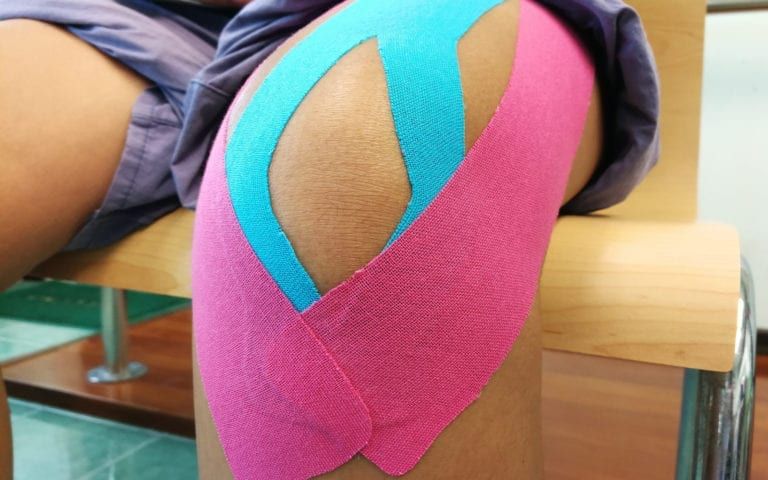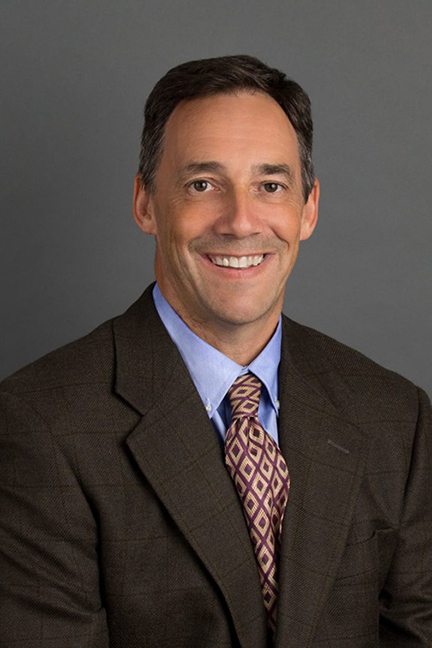Diagnosis and Treatment of an ACL Tear

An ACL tear, also known medically as an anterior cruciate ligament tear, consists of an injury to the knee’s ligaments. The anterior cruciate is one of the four ligaments that control the knee’s movement and connects the thighbone to the shinbone. This ligament plays an essential role in stabilizing the knee for rotational movement, and when damaged, can cause severe swelling, tenderness, and instability to that knee. ACL tears most commonly occur among athletes who participate in sports such as football, lacrosse, soccer, and basketball due to their reliance on rotation and sudden movement.
When it comes to treatment for ACL tears, orthopedics play a special role in how athletes and patients heal. Caring for this vulnerable knee ligament takes consistent time, consideration, and after-care during the initial stages of the injury. In this article, we’re here to inform you how to recognize ACL tears and how orthopedics treat these tears to get patients back to optimal health.
What types of ACL tears occur?
ACL tears can happen to anyone, and there are specific signs to look for when dealing with an ACL tear injury, including:
- A deformed, odd appearance to the side or front of the knee
- A popping sound to the knee during movement
- Knee pain and swelling that lasts more than 48 hours
- Inability to support your weight on the knee
- Trouble walking, standing while using the knee
Orthopedists will often diagnose the ACL in the following types, according to its severity and condition:
- Grade I (Stretched Ligament) – With a stretched ligament, the ligament exhibits some tenderness and swelling, but not enough to compromise the person from small activities such as walking.
- Grade II (Partial Torn Ligament) – There are significant signs of swelling and tenderness for a person with a partially torn ligament. The knee will feel unstable to walk on and give out during activity.
- Grade III (Torn Ligament) – A fully torn ligament exhibits extreme amounts of tenderness, pain, and swelling. The knee gives out during activity completely due to the severity of the tear.
ACL tears most often occur in athletes due to the intense requirements sports make with sudden movements, varying speeds, and fast reflexes.
How Orthopedists Treat ACL Tears
Once an orthopedist diagnoses the injury and its severity, most often, they’ll have several treatments that they can prescribe and offer to their patients to help them heal from their injuries, including:
- RICE Treatment – The RICE treatment stands for rest, ice, compression, and elevation. As a well-known treatment method, it can be performed at home and be used for grade I and grade II ACL tears. The RICE method is most effective during the first 72 hours of the injury.
- Physical Therapy – Partially torn and completely torn ACL tears require physical therapy to regain muscle control throughout the calf, hamstring, and quadriceps. Activities that gradually increase the muscles’ strength surrounding the knee can help prevent the knee from losing its mobility even after the injury has healed.
- ACL reconstruction – In severe cases, ACL construction can be performed by an orthopedic surgeon using an autograft or allograft to replace the damaged tendon. Rehabilitation will be needed after the surgery for the body to recover.
For more information on ACL tears and more on orthopedic care, Dr. Luc Teurlings can provide extensive treatment for ACL tears at Space Coast Orthopedics in Merritt Island, FL. Contact Dr. Teurlings today to learn more and schedule an appointment.


Recent Comments